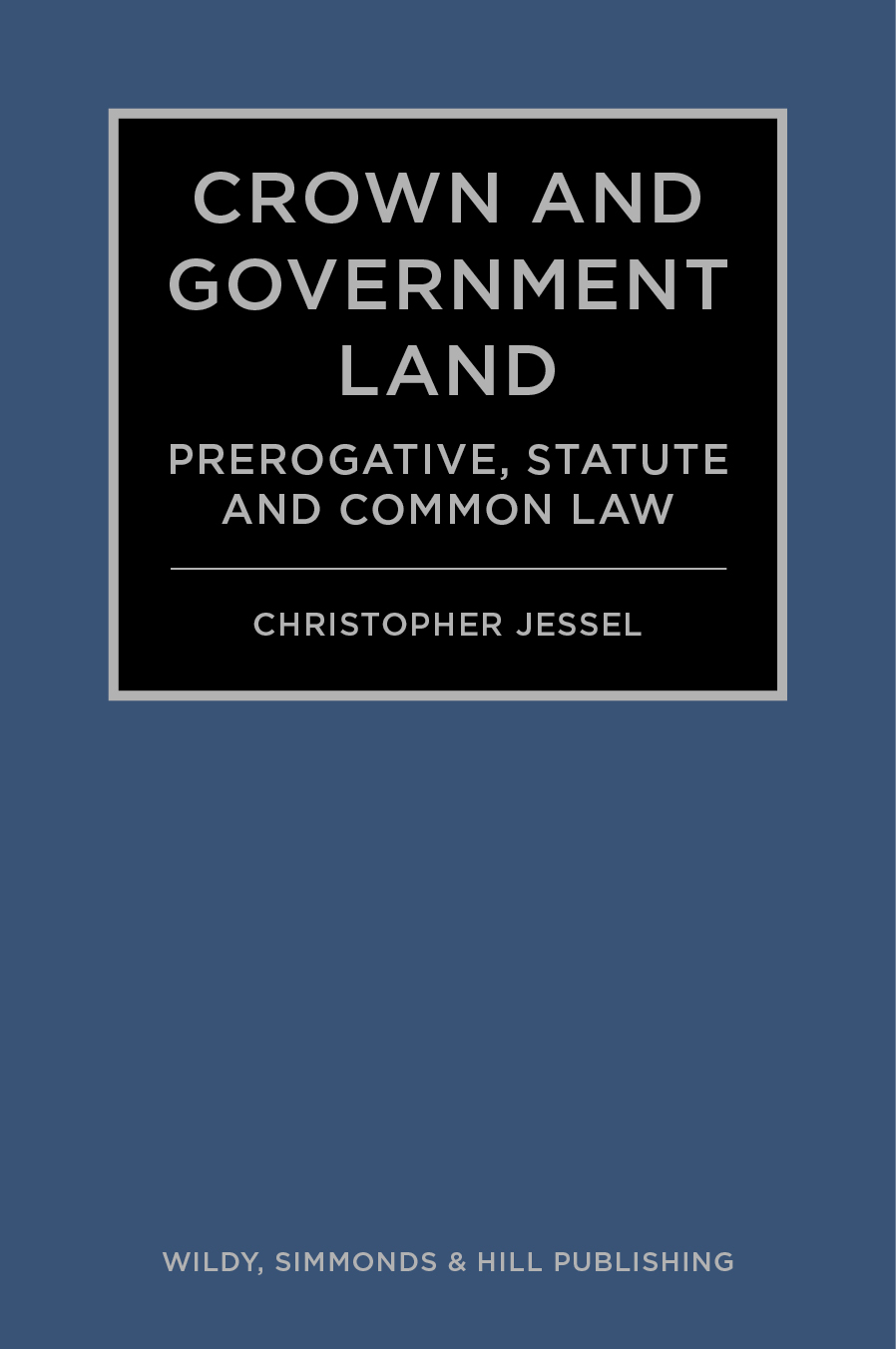
The Crown, in its varied manifestations, is the principal landowner in England. It is active as occupier, landlord, seller, buyer, tenant and licensee and Crown bodies have a policy of positive management of their land. The Government Property Agency was formed in 2018 to rationalise the government estate, arranging for the disposal of surplus land, helping to relocate offices and advising generally in a way comparable to a commercial real estate company. Likewise the Crown Estate Commissioners and the Duchies of Lancaster and Cornwall constantly review their holdings to dispose of unsuitable investments in land and acquire new ones.
Crown and Government Land: Prerogative, Statute and Common Law is an indispensable reference work for anyone interested in this complex area of law. The book sets out the general principles that govern the way the law applies to Crown land. It looks at the structure and constitution of the various authorities which manage that land, outlines the principal types of ownership, and discusses Crown immunity in relation to acts of Parliament. It describes the rules governing particular types of property such as minerals, forestry, the foreshore and sea bed, defence facilities and land of public interest including the royal parks and palaces. The book examines the application of equitable rights and trusts to Crown land and the right to ownerless property and discusses the special rules relating to Crown conveyancing and property litigation.